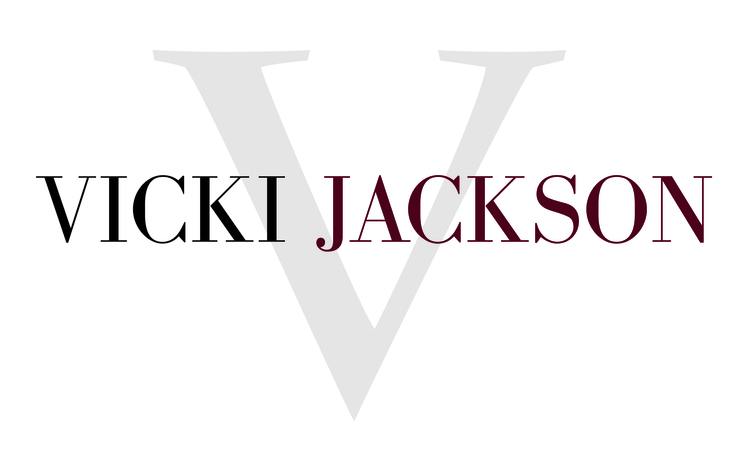Another year has passed, as have many pivotal milestones for Realogics Sotheby’s International Realty (RSIR), our brand, and the local housing market that we serve. RSIR has analyzed the data and presented a report with a 2018 retrospective and look at Seattle’s performance on the S&P CoreLogic / Case-Shiller Home Price Index, a review of market activity in 8 key counties and 31 communities around Western Washington, and a Look Ahead at trends for 2019. Below I’ve compiled key insights for King and Snohomish counties, in addition to some of the most coveted Eastside enclaves, and what to watch as we continue through 2019. I offer these thoughts, as a conversation starter with you.
King County
The number of residential selling transactions gradually started to decline in the third quarter of 2017, and accelerated in the third and fourth quarters of 2018. The year ended with 11.2 percent fewer home sales than in 2017.
For a second consecutive year, both in number and proportion of overall sales, fewer King County condominium units were sold in 2018 (6,885 units, compared with 7,898 units in 2017).
After steadily shorter market times since 2015, median cumulative days on market in the fourth quarter of 2018 shot to 26 days—a 16-day year-over-year increase—breaking through the 24-day market time last seen in the fourth quarter of 2014.
Of King County cities with more than 500 residential sales in 2018, those with the highest average (not median) selling prices were, in order to average price: Bellevue, Kirkland, Sammamish, Redmond, and Woodinville.
The 2018 median residential price was $680,000 and the compound annual growth rate from 2014 through 2018 was 11.5 percent.
Snohomish County
In the third and fourth quarters of 2018, respectively, Snohomish County transactions fell by 0.8 and 0.9 percentage points less than King County sales. For the year, Snohomish County saw 10.0 percent fewer home sales in 2018 than in 2017.
Since 2014, condominium sales have annually comprised 18 to 19 percent of all home sales in Snohomish County. Their proportion in 2018 was 18.9 percent.
Just as in King County, Snohomish County median cumulative days on market expanded to 26 in the fourth quarter of 2018. However, this duration did not exceed that of the fourth quarter of 2015 or any preceding quarter in recent years.
Of Snohomish County cities with more than 500 residential sales in 2018, the highest average selling prices were, in order of average price: Edmonds, Bothell, Snohomish, Lynnwood, and Lake Stevens.
The 2018 median residential price was $484,000 with a compound annual growth rate of 10.5 percent from 2014 through 2018.
Bellevue West of I-405
On a quarterly basis, residential selling transactions in West Bellevue and its environs were lower year over year throughout 2018, and bottomed in the third quarter at nearly 36 percent fewer sales than seen in 2017. For the year, there were fully 20 percent fewer residential sales in 2018.
Market times in this area vaulted by more than 300 percent year over year, from a median cumulative days on market of 14 in the fourth quarter of 2017 to 57 in the fourth quarter of 2018. Longer market times to sale should be factored into listing contracts for 2019.
This area comprises several distinctive communities west of Bellevue with annual sales in the single digits or fewer. Among these, six residential homes sold in Beaux Arts for an average of $2.57 million, 69 in Clyde Hill for an average of $3.17 million, 33 in Medina for an average of $4.46 million, 23 at Yarrow Point for an average of $4.53 million, and seven at Hunts Point for an average of $6.2 million. 2018 witnessed the top residential sale in the history of the Northwest Multiple Listing Service at $26.75 million, which was represented by Realogics Sotheby’s International Realty.
In Bellevue proper, residential homes at Enatai, Meydenbauer, and Vuecrest sold for averages of $2.34 million, $2.83 million, and $3.43 million, respectively in 2018.
The median residential price in this area soared by 15 percent from 2014 through 2018, and is among those projected to reach new highs in 2019.
Kirkland
Except for a very slight increase in the second quarter, the number of residential sales in Kirkland fell year-over-year throughout 2018, plummeting by 32.8 percent in the first quarter. The result was a 15.2 percent decline for the year.
Fewer Kirkland condominiums were sold in 2018 than in any year since 2014. However, condominiums continue to comprise a growing share of homes sold—36.4 percent, compared with 35.9 percent in 2017.
Like other communities in King County, Kirkland saw fewer days on market late in the year; but here, fourth quarter market times had not been so short for so long as in the City of Seattle. The 20 days to sell in the fourth quarter of 2018 was only three days more than in the fourth quarter of 2015 and four days fewer than in the fourth quarter of 2014.
However, lengthier market times were sufficient to curtail competitive bidding and force concessions from sellers.
The 39 residential homes sold at Holmes Point in 2018 averaged $1.41 million, 67 sold at East of Market averaged $1.59 million, and 31 sold at West of Market averaged $2.2 million. Among condominiums sold in 2018, 41 sold at Houghton averaged $776,000, 55 at Rose Hill averaged $924,000, and 117 in Downtown Kirkland averaged $1.02 million.
At a compound annual growth rate of 14.7 percent from 2014 through 2018, residential selling prices in Kirkland have increased faster than those in any city of King County with the exception of Shoreline (15.3 percent) and Burien (tied at 14.7 percent).
Sammamish
The number of residential home sales was up by 9.1 percent in the first quarter, but modestly lower year over year through the end of 2018, finishing the year with 9.3 percent fewer transactions than in 2017.
Condominium sales, which increased from 2015 through 2017, retreated in both number and proportion to levels not seen in four years. Sammamish is not a major condominium market, with residential sales comprising 91.2 percent of all home sales in town.
The median fourth-quarter cumulative days on market was 20 days greater than a year before, and nearly twice that of the fourth quarter of 2015. This market time remained below the peak cumulative days on market from 2014; and interestingly, second-quarter cumulative market times that year were just over a week.
Yet buyers in Sammamish ended 2018 in a stronger negotiating position than they had been in 15 quarters, especially at the entry level.
Of Sammamish residential homes sold in 2018, there were 56 at Trossachs averaging $1.19 million paid, 43 at Pine Lake averaging $1.24 million, and 88 at The Plateau averaging $1.32 million.
Continued price growth is forecast in Sammamish, where at a compound annual growth rate of nine percent over the past five years, the median residential price has steadily progressed, but more modestly than in Seattle or any other Eastside city.
Woodinville
Along the northern border of King County, as well as further north, the number of homes sold year over year was better sustained by buyers willing to commute further to work. Residential transactions in Woodinville did not decline until the fourth quarter of 2018, and ended the year with just one fewer sale.
At not more than 80 condominium sales annually in the past five years, Woodinville’s condominium market is similar in proportion to that of Sammamish. Residential transactions here comprised 91.4 percent of all home sales in 2018.
Throughout the year, Woodinville home sellers in the top tier of residential listings by price struggled to close without price reductions. Competition among buyers at lower price bounds faded in the second half of 2018.
Yet in recent years, the median price of a five-bedroom home in Woodinville has been gaining on that of comparable homes in Kirkland, from 22.5 percent less, to 15.2 percent less, to 11.1 percent less in 2016, 2017, and 2018, respectively.
The median residential price at Woodinville rose at a compound annual growth rate of 12.3 percent from 2014 through 2018. In 2019, that price is forecast to decline by an even 10 percent.
For more market trends below, read the full report below or contact me to discuss how these trends affect homes in your neighborhood.






